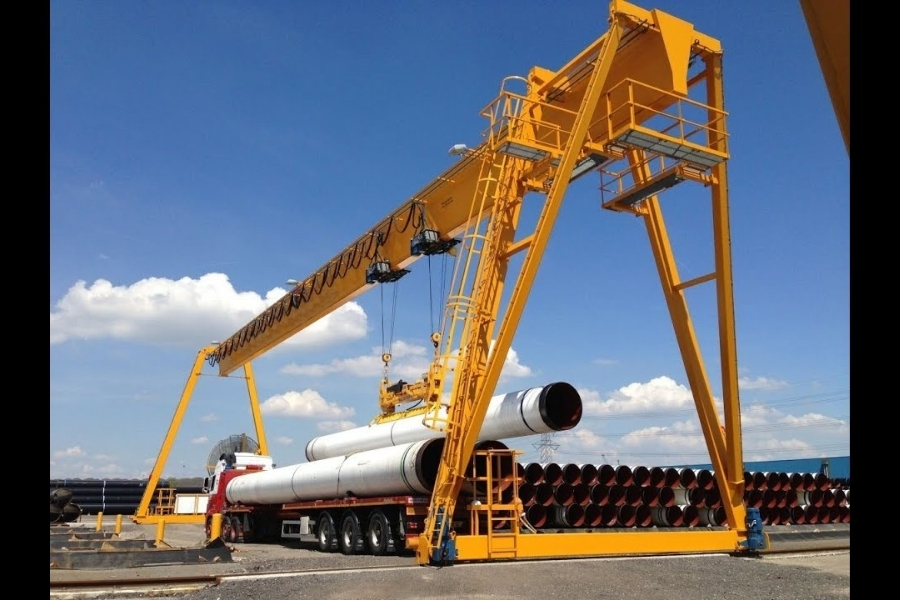Gantry cranes play a vital role in industrial environments, enabling the efficient lifting and transportation of heavy loads. However, operating these powerful machines comes with significant responsibility. At 3Tech Cranes & Lifts, we believe that proper safety measures are non-negotiable when it comes to ensuring the well-being of workers and maintaining productivity. In this post, we highlight essential safety protocols for operating gantry cranes in industrial settings.
1. Conduct Pre-Operational Inspections
Before starting any operation, it’s crucial to conduct a comprehensive inspection of the gantry crane. This includes checking:
- Structural integrity of the crane
- Condition of the hoist, wire rope, and trolley
- Functionality of limit switches and emergency stop
- Smooth movement of wheels and tracks
Pre-operational checks help prevent accidents and ensure that the gantry crane is safe for lifting heavy industrial loads.
2. Ensure Operator Certification and Training
Only certified and trained personnel should be allowed to operate gantry cranes. Proper training ensures that operators understand:
- Load capacities and lifting limits
- Emergency protocols
- Signal communication with ground staff
Investing in professional training is essential for safe gantry crane operation in factories and warehouses.
3. Use Proper Load Handling Techniques
Improper handling is one of the leading causes of crane-related accidents. Always:
- Secure the load properly with slings or shackles
- Keep the load balanced and avoid side pulls
- Never exceed the rated load capacity
This protocol is especially critical when using portable gantry cranes in manufacturing units, where load dynamics can vary.
4. Establish Clear Communication
Effective communication between the crane operator and ground personnel is key. Use standard hand signals or radio communication to coordinate lifting and movement. This is particularly important in busy industrial environments with gantry cranes where visibility may be limited.
5. Maintain Safe Work Zones
Keep the area around the crane clear of unnecessary personnel. Set up warning signs and barriers if needed. This reduces the risk of injuries due to load swings or crane movement.
6. Regular Maintenance and Record-Keeping
Routine maintenance is vital for long-term crane performance. At 3Tech Cranes & Lifts, we recommend regular servicing of mechanical parts, lubrication of moving components, and prompt repairs of worn-out parts. Always maintain a logbook for inspections and repairs for industrial gantry crane safety compliance.
Final Thoughts
Following these safety protocols can significantly reduce the risk of accidents and equipment failure. At 3Tech Cranes & Lifts, our mission is to not only provide high-quality lifting solutions but also to promote a culture of safety across all industrial operations. Whether you’re using heavy-duty gantry cranes for industrial lifting or lightweight gantry cranes for small-scale applications, always put safety first.
For more information on our products and services, or to schedule a safety consultation, contact 3Tech Cranes & Lifts today.

